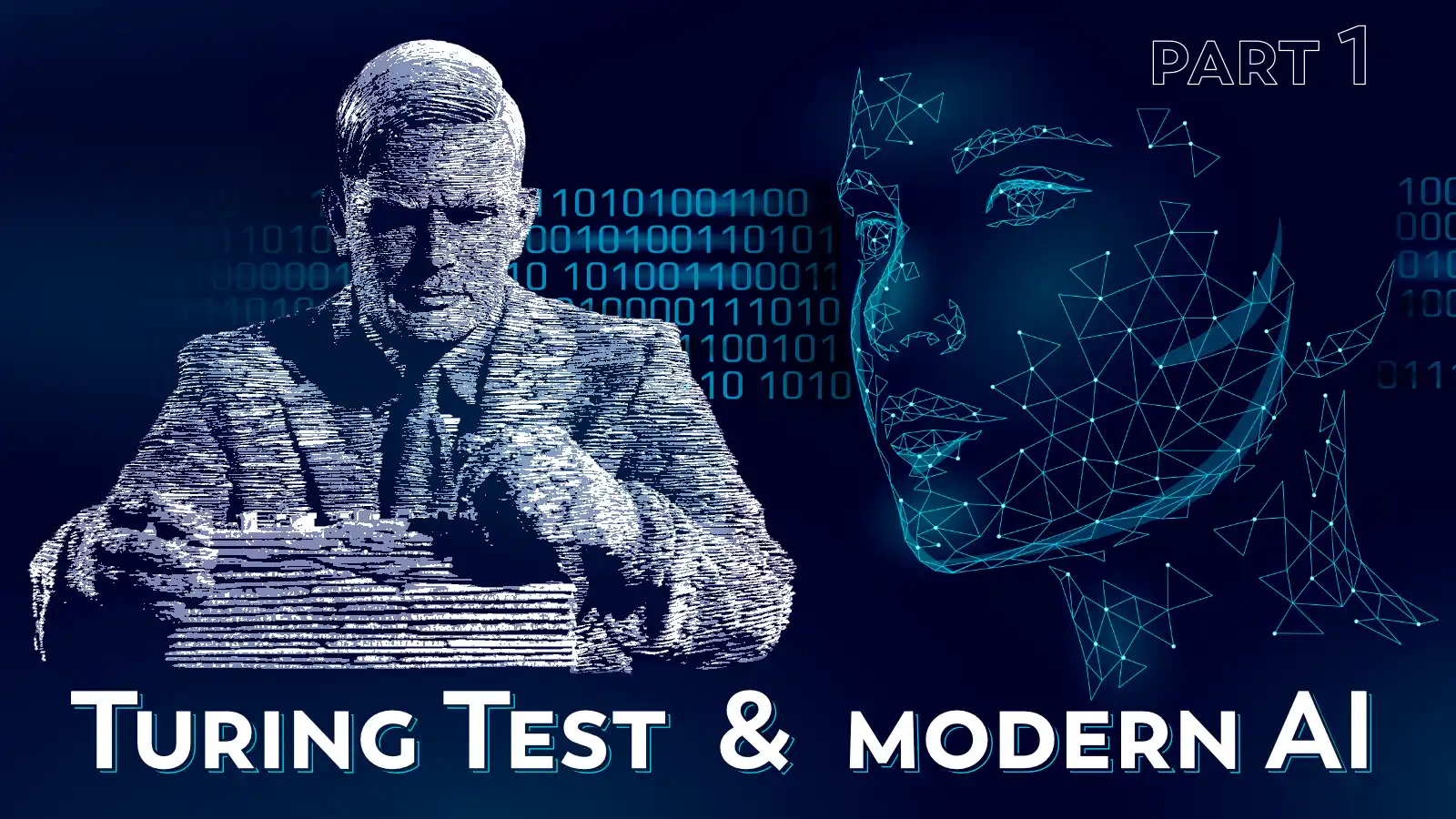What is it?
The Turing Test, first proposed by the British mathematician and computer scientist Alan Turing in 1950, is a seminal concept in the field of artificial intelligence (AI). Originally presented in Turing’s paper “Computing Machinery and Intelligence,” the test posited a simple yet provocative question: Can machines think? While Turing acknowledged that this question could be too abstract or philosophical, he suggested a practical test, known as the Turing Test, as a proxy to determine a machine’s ability to exhibit intelligent behavior equivalent to, or indistinguishable from, that of a human.
Running it
In the Turing Test, an evaluator engages in a natural language conversation with a human and a computer program. This interaction is mediated by a computer interface, so the evaluator does not know which responses are from the human and which are from the machine. The machine is said to pass the test if the evaluator cannot reliably distinguish the machine from the human. The test is predicated on the idea that if a machine can mimic human responses so convincingly that a human evaluator can’t tell the difference, then the machine can be said to exhibit intelligent behavior.
 Turing’s proposition that machine intelligence can be defined by its ability to mimic human intelligence set the groundwork for the development of AI.
Turing’s proposition that machine intelligence can be defined by its ability to mimic human intelligence set the groundwork for the development of AI.
The Turing Test was groundbreaking as it reframed the philosophical question of whether machines can think into a practical, empirical question. Turing’s proposition that machine intelligence can be defined by its ability to mimic human intelligence set the groundwork for the development of AI.
Fast forward to the present day, AI technology has evolved dramatically. The development of machine learning and deep learning techniques, backed by tremendous computational power and vast amounts of data, have made AI systems extraordinarily capable. Modern AI systems like OpenAI’s GPT series and others have shown remarkable ability in tasks such as text generation, sometimes fooling human evaluators into believing that they are interacting with a human. Such systems could be said to pass a form of the Turing Test, at least in a limited sense.
Intelligent?
However, it’s important to clarify that while these AI models are impressively powerful, they are not intelligent in the human sense. They don’t possess genuine understanding of the world, consciousness, self-awareness, or emotions. Their apparent “intelligence” is a product of training on large datasets and they can only generate responses based on patterns they have learned. They do not truly understand or reason about their outputs in the way humans do. In other words, while modern AI might be capable of passing the Turing Test under specific conditions, it does not fulfill the broader, deeper concept of artificial general intelligence (AGI) that Turing and others envisioned.
Over the years, the Turing Test has also been criticized and alternatives have been suggested. Critics argue that the ability to mimic human conversation isn’t a comprehensive measure of intelligence. Moreover, AI’s development has branched into areas where the human-like imitation is not the goal, for instance, in data analysis, pattern recognition, or prediction tasks where AI can far outperform humans.
Another key development in modern AI is the increased focus on ethical considerations, including privacy, algorithmic bias, transparency, and the social impact of AI. As AI becomes more integrated into society, these issues have gained attention and urgency. The AI community is actively working on principles and guidelines to ensure that AI is developed and used responsibly, transparently, and equitably.
Conclusion
While the Turing Test remains an influential concept in AI, the field has evolved to encompass far more than Turing could have envisioned in 1950. The goal is not just to create AI that mimics human intelligence, but to develop AI that can augment human capabilities, operate ethically and responsibly, and contribute positively to society.
